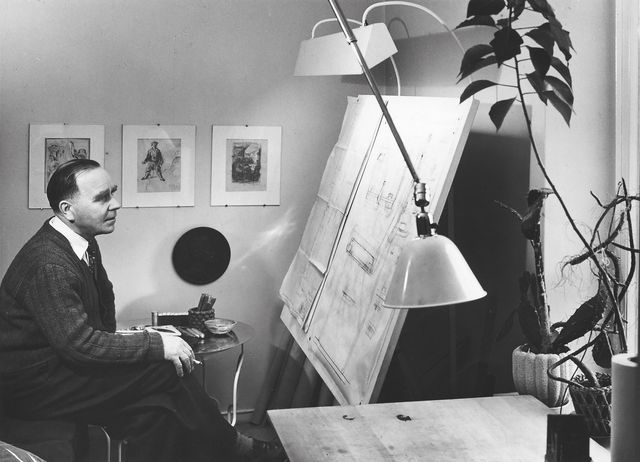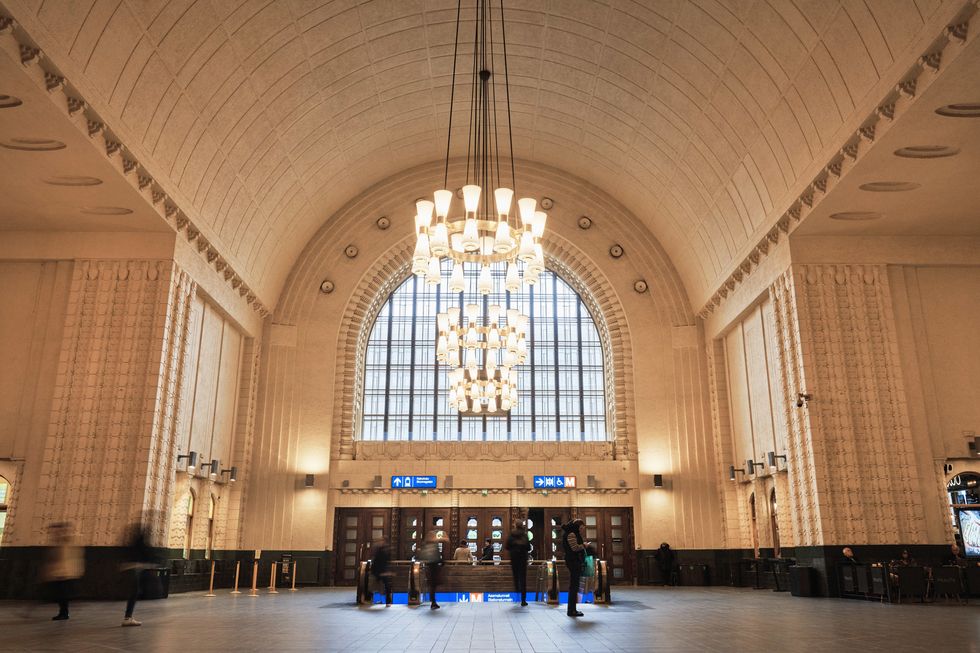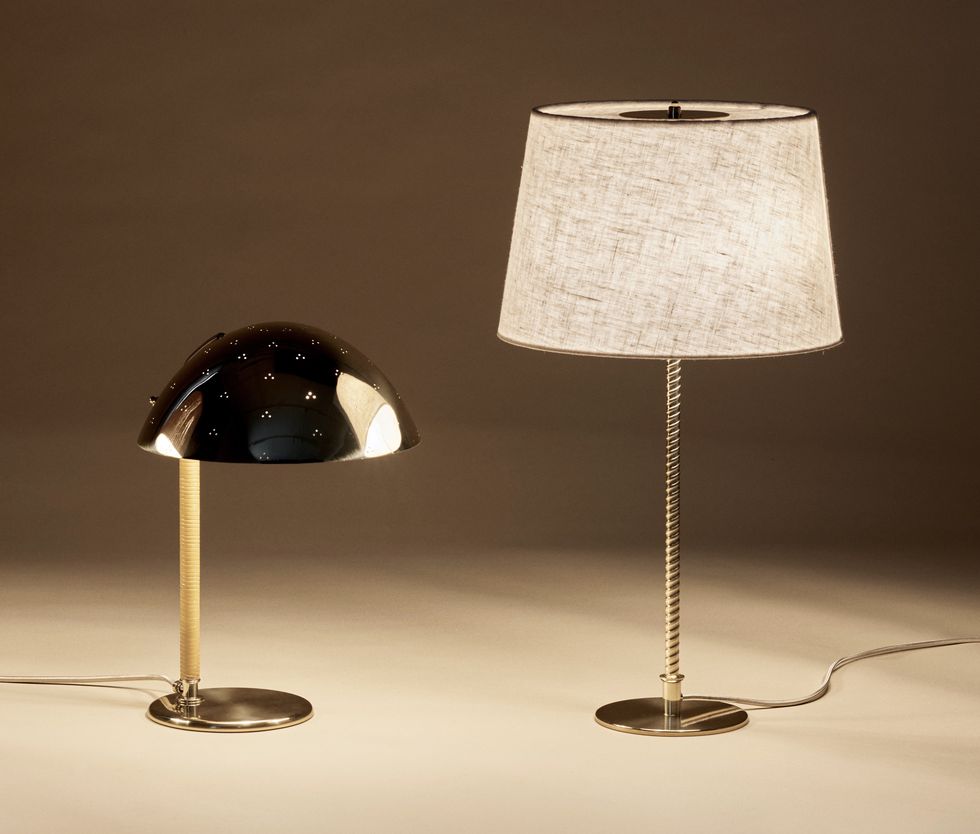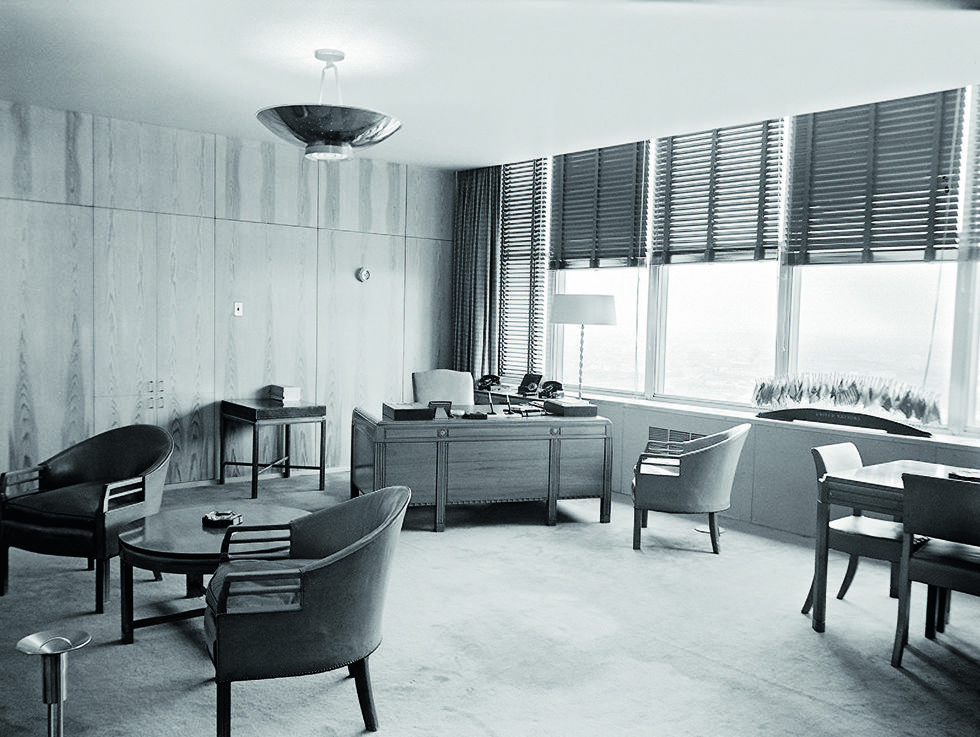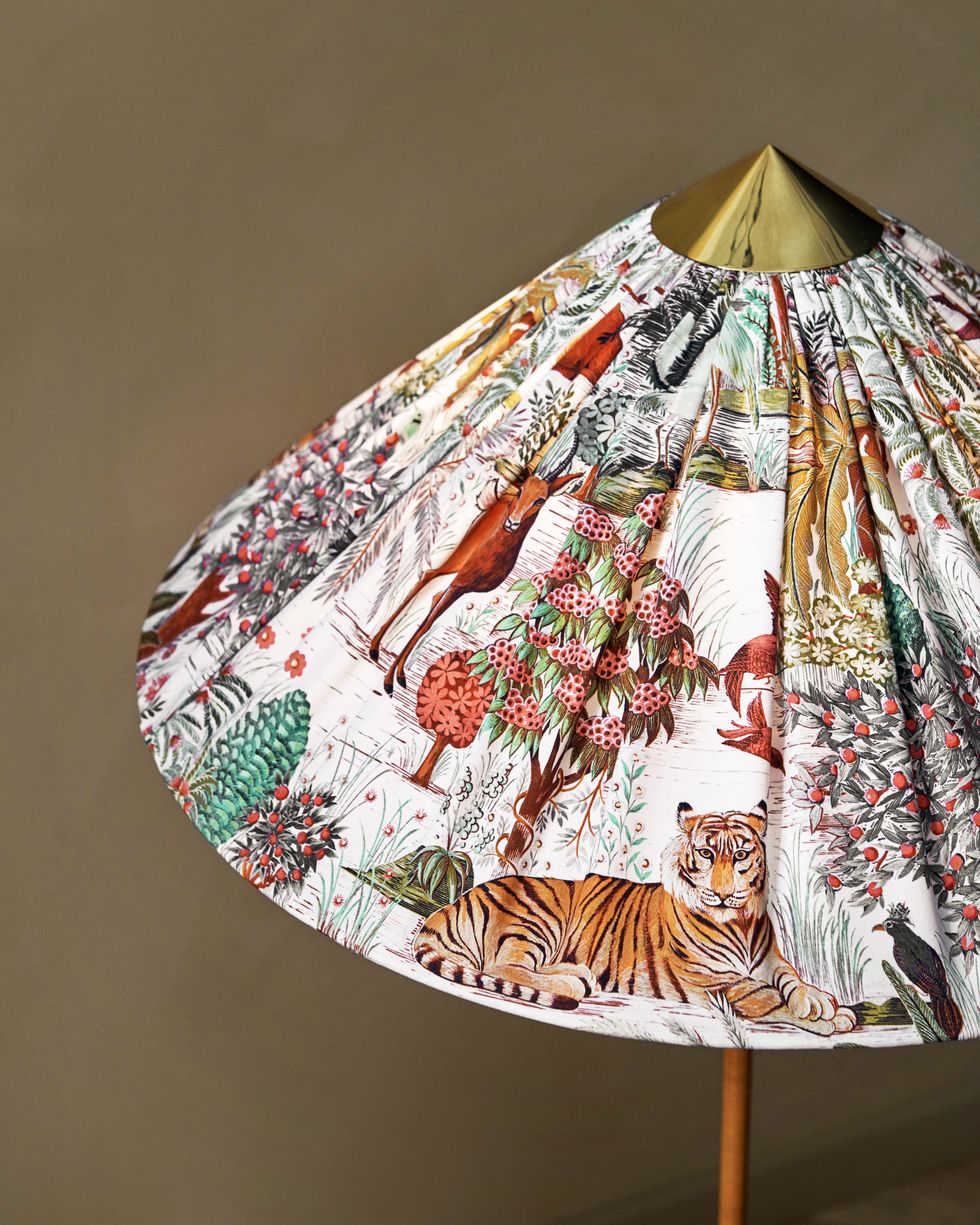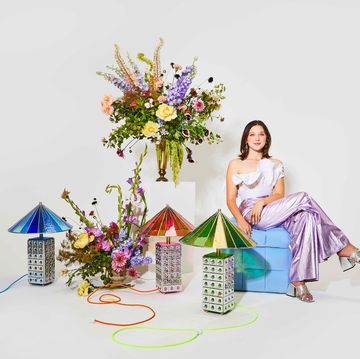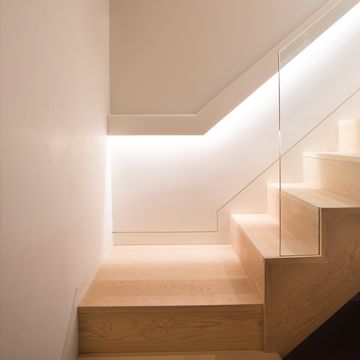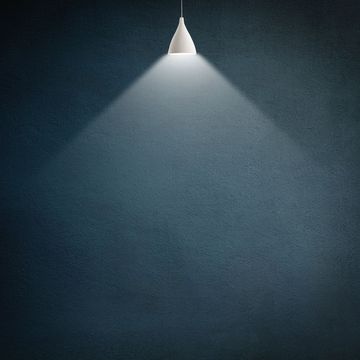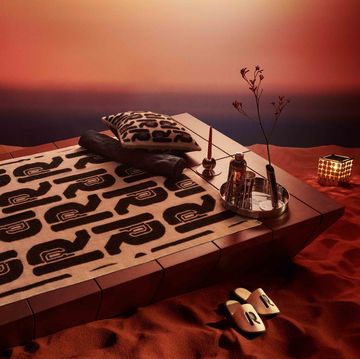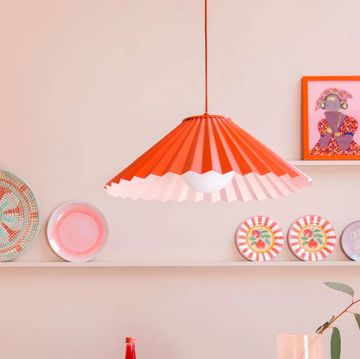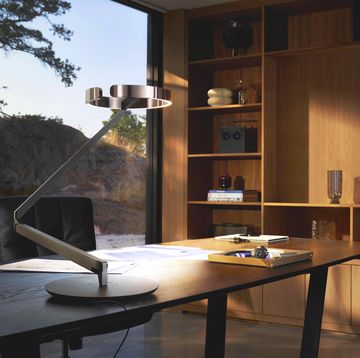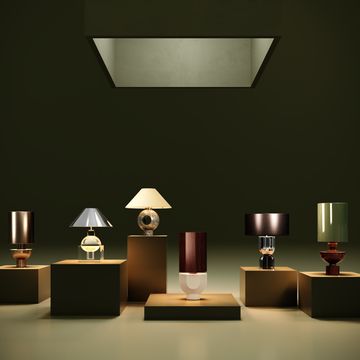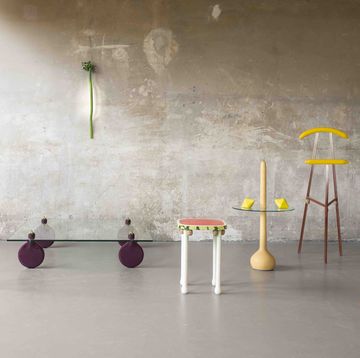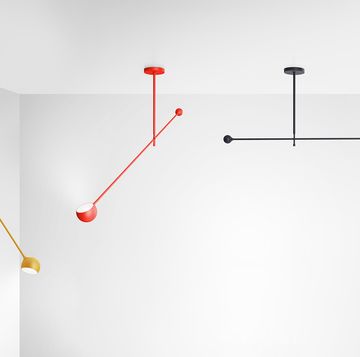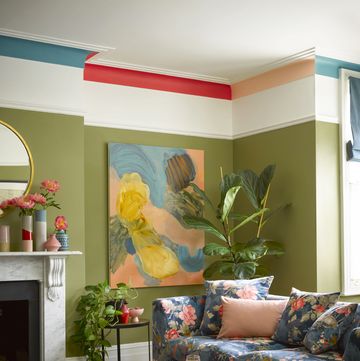Though his origins were humble, in one sense Paavo Tynell (1890-1973) was blessed. Born 12 years after the invention of the lightbulb, the gifted designer had an instinctive understanding of how to exploit this new illuminating force. In his lifetime, he was as celebrated as Finnish architects Eero Saarinen and Alvar Aalto; indeed, he was their lighting designer of choice.
Today, Tynell’s name is not widely known, but Danish brand Gubi is putting him back in the spotlight with a collection of reissued pieces. All have been lovingly created using archive examples, and in close collaboration with Tynell’s family.
Tynell was once fondly dubbed ‘the man who illuminated Finland’, and in Helsinki, his work is part of the fabric of the city: the art nouveau-style Central Station, for instance, designed by Eliel Saarinen in 1919, where Tynell’s neoclassical chandeliers adorn the main hall; and the Original Sokos Hotel Vaakuna, opened in 1952, which is home to one of the largest collections of his work.
‘It is wonderful that our father’s designs are returning to production after so many decades,’ says Tynell’s son Pekka. ‘He had such a tremendous impact on the design story of Finland.’
Born into a working-class family, Tynell began his career as an apprentice sheet-metal worker. He then trained as a blacksmith, making as his final project a light fixture in brass – the material that would become his signature. His career breakthrough came in 1918, when he co-founded lighting company Taito Oy. By the 1930s, he was the leading trendsetter in Finland’s burgeoning lighting industry.
Decorative but understated, Tynell’s lighting took inspiration from natural forms, notably tree branches, seashells and snowflakes, with designs rendered in gleaming polished brass. He used light like a sculptor: the bulb in his ‘5321’ table lamp (1941) peeks from beneath its scallop-shaped shade like an incandescent pearl, while the brass ‘1965’ bell pendant (1948) is studded with perforations for a twinkling effect. This detail became a Tynell hallmark.
The ‘1965’ pendant was designed for Finland House, an ambitious showcase in New York of Finnish design that made the designer a celebrity in America. It led to a slew of commissions, including one for the United Nations headquarters (1947-1952). Tynell’s ‘9060’ pendant, a beautiful bowl form with perforations like a constellation of stars, hung in the Secretary General’s office.
In an era when lighting was just starting to become accessible for ordinary households, Tynell blazed a bright trail for the many Scandinavian lighting heroes to come. ‘His lamps are timeless and suitable for many styles of interior,’ says Harry Kivilinna, curator at the Design Museum Helsinki. ‘They’re works of art, not just utility objects.’
The ‘9602’ floor lamp (1938), known as the ‘Chinese Hat’ for its conical wicker shade, is a case in point. It has just been reissued by Gubi in Pierre Frey’s ‘Le Jardin du Palais’ cotton poplin, printed with a fantasy garden scene that accentuates its playful charm – endearing Tynell to a new generation of fans. gubi.com
